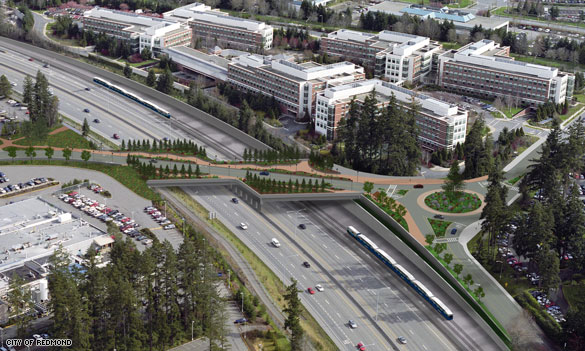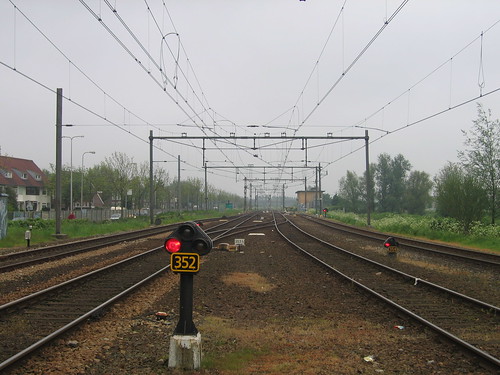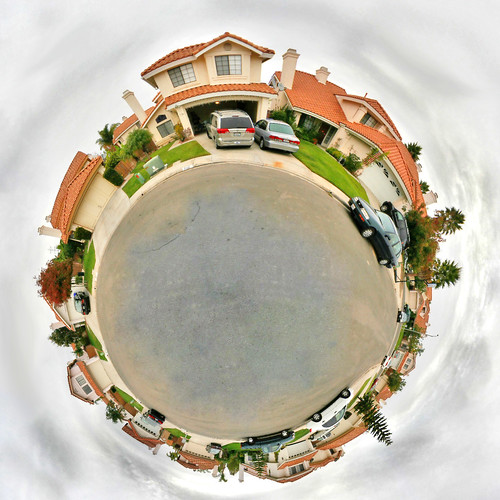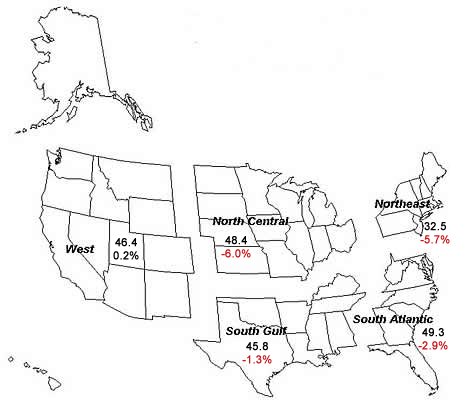Microsoft campus gets new bridge from stimulus dollars; Critics slam government
REDMOND, Washington — Should a bridge that would connect two campuses at Microsoft’s headquarters be funded with $11 million from the federal stimulus package?
Supporters argue the bridge is an ideal public-private partnership that will benefit an entire community while fulfilling the stimulus package’s goal of getting people back to work.

An artist's rendering shows how the proposed bridge would be constructed over a busy highway.
“It’s going create just under 400 jobs for 18 months constructing the bridge,” says Redmond Mayor John Marchione. “It’s also connecting our technical sector with our retail and commercial sectors so people can cross the freeway to shop and help traffic flow.”
Marchione applied for federal stimulus money after costs jumped on the project from $25 million to $36 million. Marchione says the increase in costs were due to a rise in construction prices and because the bridge will be built on a diagonal in order to connect Microsoft’s original East campus with a newer West campus that are split by a public highway.
Microsoft is hardly getting the bridge for free. The company is contributing $17.5 million or a little less than half the tab of the $36 million bridge, which would be open for public use.
And even though the bridge goes from a parking lot behind Microsoft’s West campus across a highway to an entrance of Microsoft’s East campus, Marchione says, people other than Microsoft employees would use the overpass.
“We’re not a one-company town,” Marchione says. “Our traffic studies show that Microsoft traffic would be about 42 percent of the bridge, yet Microsoft is paying for about 50 percent of the bridge, so we think we are getting fair value.
“The United States taxpayer is leveraging their dollars, and I think everyone is getting a fair deal.” But a watchdog group monitoring how stimulus money is being spent says the taxpayer in this case is getting ripped off. Click here to read the entire CNN article.
Another article on Softpedia.com offers the view point from Microsoft’s General counsel, Brad Smith, and Washington’s Governor Chris Gregoire.
“In recent days, some have questioned whether this project should have been a recipient of federal stimulus funding. We think this is a very positive example of a public-private partnership, and we are pleased to be contributing roughly 50 percent of the funding to help build this public project that will benefit the entire community. The federal stimulus dollars combine with additional state, local and existing federal dollars to fund the remainder,” revealed Brad Smith, Microsoft general counsel.
Smith underlined that not only was Microsoft participating in the project with half the funding, but that the company had already spent in excess of $50 million to help local authorities build infrastructure projects. At the same time, the overpass will not benefit Microsoft exclusively. Employees from Honeywell, Siemens, Nintendo and Sears will also get to use the bridge and will contribute to reducing the congestion affecting 148th Avenue NE and 156th Avenue NE.
Washington Governor Chris Gregoire explained that the overpass was not about Microsoft but “about multiple employers. It’s about thousands of employees and residents. It’s about taking people off the congestion we have in that interchange on [State Route] 520 now, where we literally have a problem in that people have to go 2 miles rather than two-tenths of a mile which that bridge would produce…. Almost 50 percent of that project is privately funded. That’s leveraging dollars. That’s what we’re trying to do, is to use private sector dollars with stimulus dollars and get a bigger bang for the buck.” Here is a video of Gov. Gregoire discussing the issue (courtesy of Softpedia.com)



 The
The 






